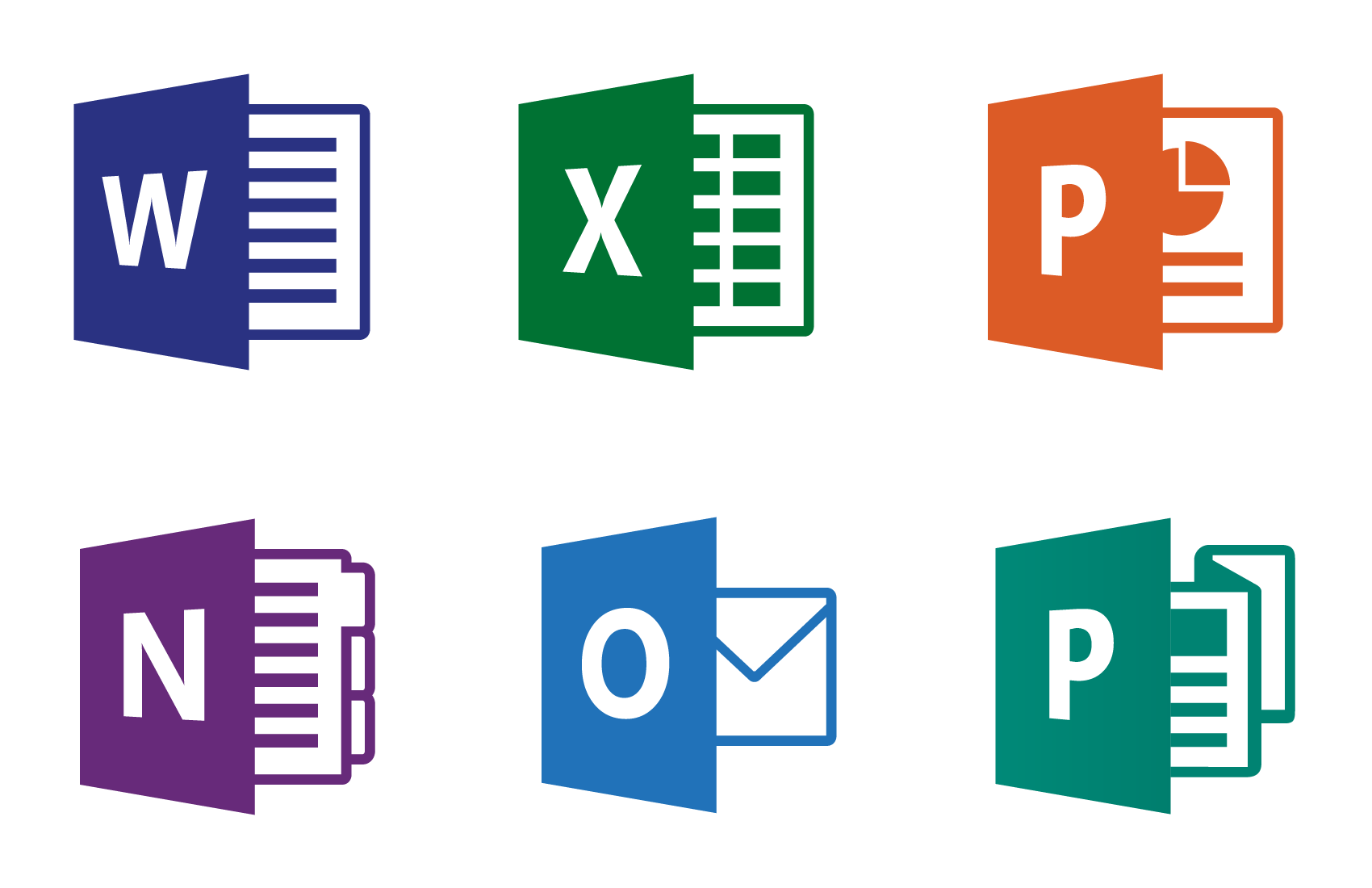This comparison of the differences between Microsoft Office on Mac, Windows, and iOS devices was put together by Kurt Schmucker who (disclaimer) works for Parallels — the company that makes slick virtual machine apps for running Windows and other operating systems on Mac — but he also happens to know a thing or two about the subject after his previous role as Senior Mac Evangelist at Microsoft and on the Office team. So what exactly is missing on Mac and iOS devices compared to Windows when it comes to the Office suite?
In the charts below, Schmucker breaks down feature-by-feature exactly what you get (and don’t get) in each of the different versions of the productivity suite including Office 2016 and 2013 for Windows, Office 2016 and 2011 for Mac, and Office for iPad.
If you see Version 15.x, you’re using Office for Mac 2016. If you see Version 14.x, Office for Mac 2011 is what you’re using. On the Mac, there is no choice between running a 32-bit or 64-bit version of the operating system, since the OS has been 64-bit for several years. Microsoft has made smart and subtle changes with Office 2016 A Microsoft Office 2016 Preview: Smart & Subtle Changes A Microsoft Office 2016 Preview: Smart & Subtle Changes Office 2016 for Mac was just released and the Windows version will follow in the fall. We show you the new look and features of the world's most popular productivity suite.
The full charts (below) show suite-wide differences between the versions such as missing apps, lack of support for Visual Basic and ActiveX, right-to-left language support, accessibility features, AppleScript and much more. Other charts in the study show feature variations for Word, Excel, PowerPoint, and Outlook, with the majority of the features listed unavailable for iPad users and a mixed bag for the other versions. Can quicken import csv files.
And Schmucker points out two things regarding the iPad specifically. One positive is support for right-to-left languages, which he notes is something that Mac users have bene asking for but have yet to receive, while a negative for the iPad is lack of multiple selection support in PowerPoint, something Schmucker notes is a pretty basic but crucial function for the app.

Office 2019 Operating System Requirements
In the end, he concludes that a mix of the various Office suites is the best approach but admits that his main, go-to version is MacOffice 2011 (apart from using the latest version of Outlook due to enhanced performance):
“I worked for the MacOffice team at Microsoft for several years, and at that time I also worked closely with colleagues on the WinOffice teams. https://omgbits.netlify.app/best-internet-security-software-2018-for-mac.html. Because of this background, I am often able to pick just the right Office app that will make a given task the easiest to do. One task might be particularly well suited to MacWord 2011 because Publishing Layout View— a feature only in that one Word version— will make this task easy. Another task might be suited to WinPPT because of the Animation Painter, which is not in any MacPPT version. Yet another task might be best suited to WInPPT 2013 because it needs an Office extension not available in other Office suites.”
And this is what Schmucker’s setup looks like with various versions of Office installed on Mac and using virtual machines:
- MacOffice 2011 is my main productivity suite and is installed on my El Capitan MacBook Pro. MacOutlook 2016 came out long before the entire MacOffice 2016 suite, and because of the vastly improved performance of MacOutlook 2016, I use it as my main email client, instead of MacOutlook 2011.
- WinOffice 2013 is installed in a Windows 7 virtual machine (VM) (under Parallels Desktop for Mac Pro Edition) on my MacBook Pro.
- iPad Office is installed on my iPad. As you saw in the tables above, iPad Office is lacking many of the features of WinOffice and MacOffice, so I also have Parallels Access on my iPad which lets me access and run the full featured versions of any Office suite (or any other application) on my computers and use them with natural iPad gestures. (You can download a free trial of Parallels Access for iOS and Android to access your Mac and/or PC at www.parallels.com/access).w
- MacOffice 2016 is installed in an El Capitan VM (under Parallels Desktop for Mac Pro Edition) on my MacBook Pro.
- WinOffice 2016 is installed in a Windows 10 VM (under Parallels Desktop for Mac Pro Edition) on my MacBook Pro.
Office For Mac 2016 Vs 2019 Nfl
Click the charts below to view them in full size:
If accessing Windows-only or version specific features on your Mac is the goal, Schmucker notes that with Parallels you can easily run different versions of Windows and Office on one Mac using Parallels Desktop for Mac and a subscription to Office 365 Home (which will give you five installs of the Office suites of your choice). That’s how he accomplished the setup above using various virtual machine installs.